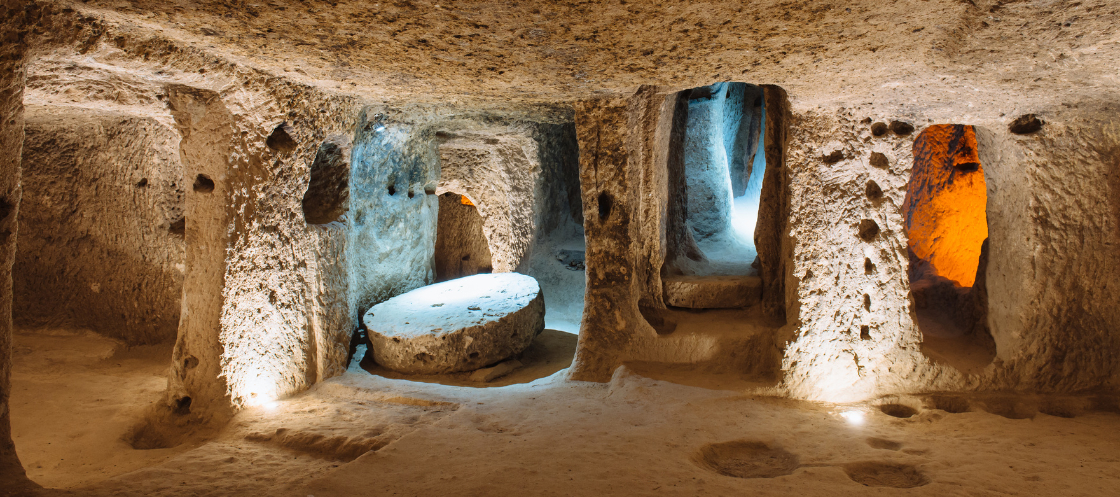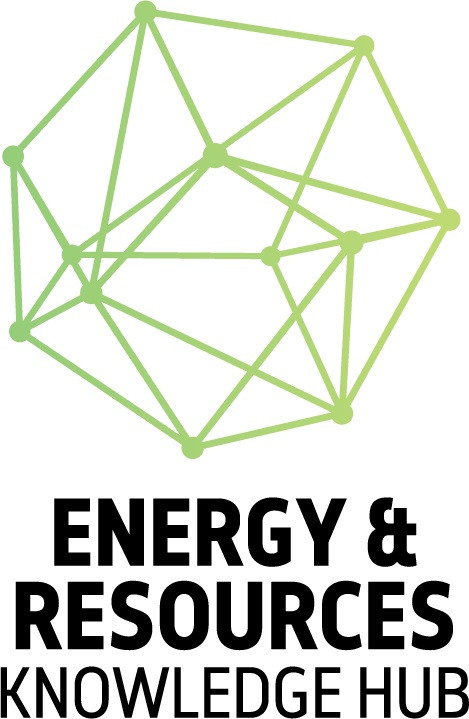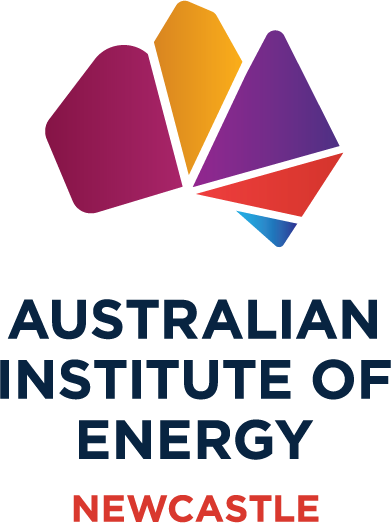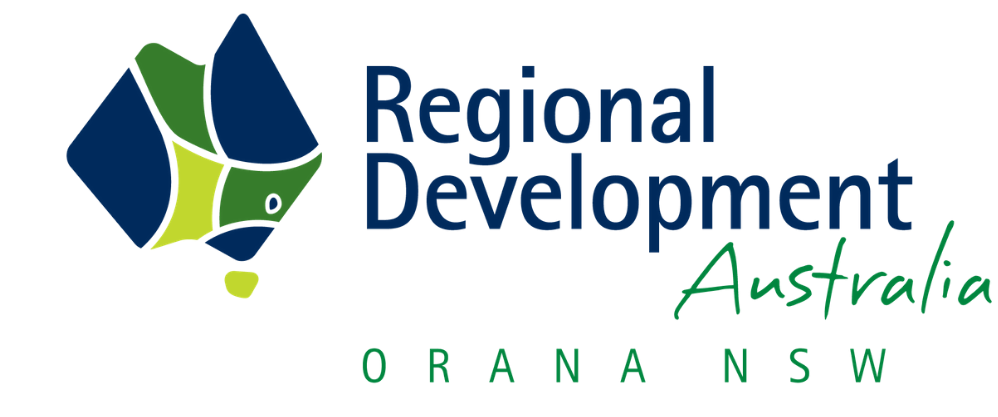Geoscience Australia data shows multiple options for underground hydrogen storage
Minister for Resources and Northern Australia Madeleine King says scientists have uncovered the potential for large-scale, underground storage of hydrogen in salt caverns across the country.

New data from the Australian Government’s Exploring for the Future program shows that Australia has a crucial ingredient needed to become a global hydrogen superpower - natural hydrogen storage caverns.
Geoscience Australia has uncovered potential for the development of multiple caverns underground in salt deposits across the Canning Basin in Western Australia, the Adavale Basin in Queensland and the offshore Polda Basin in South Australia.
“We know that the technology exists to store hydrogen underground and thanks to this work we now also know that Australia has the right geology to support the development of an economically viable hydrogen industry on our own soil,” Minister for Resources and Northern Australia Madeleine King.
“A single large salt cavern could provide the same amount of energy storage as Snowy Hydro 2.0 with multiple caverns this size possible in the same area."
“Hydrogen is a clean fuel and large-scale cost-effective storage of hydrogen will be essential in achieving our long-term goals for the future."
The hydrogen salt cavern study is just one of the many announcements shared as part of the virtual 2022 Exploring for Future Showcase, held last week.
The $225 million Exploring for the Future program has been gathering precompetitive data about Australia’s geology since 2016.
It puts key information in the hands of Australians, creating jobs for regional communities and enabling landholders, industry and government to make informed decisions, work that is vital to Australia’s low-emissions future.












